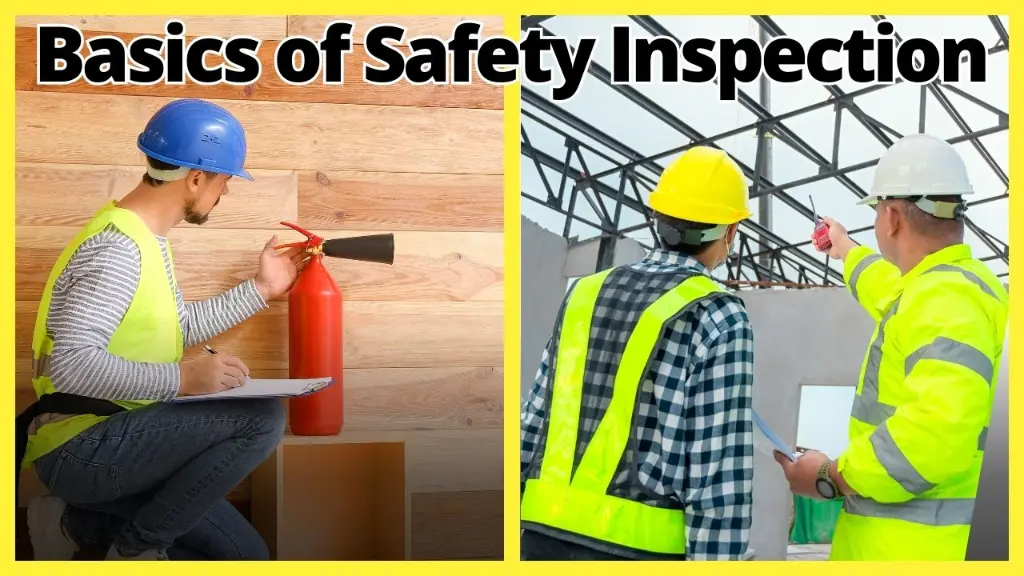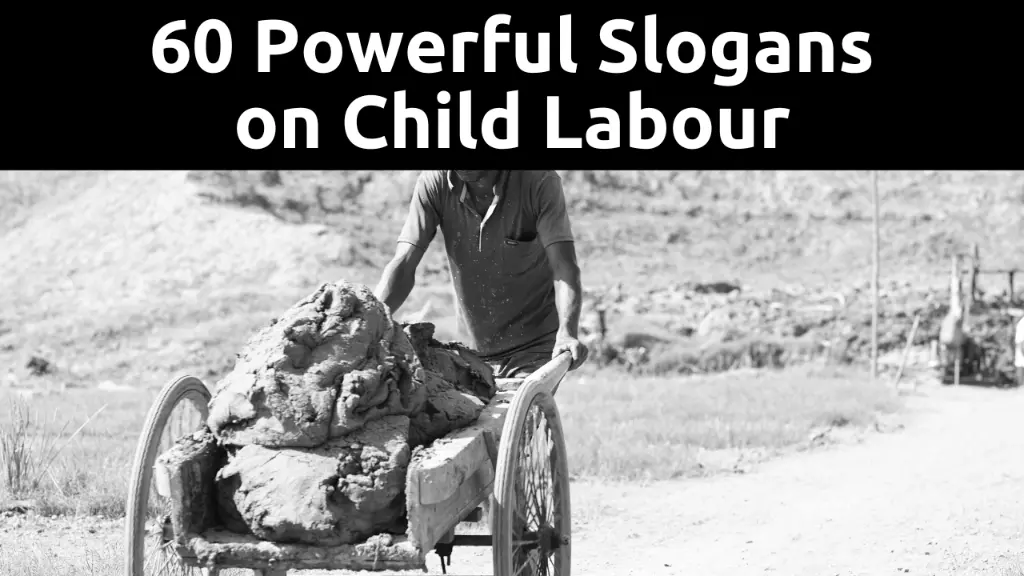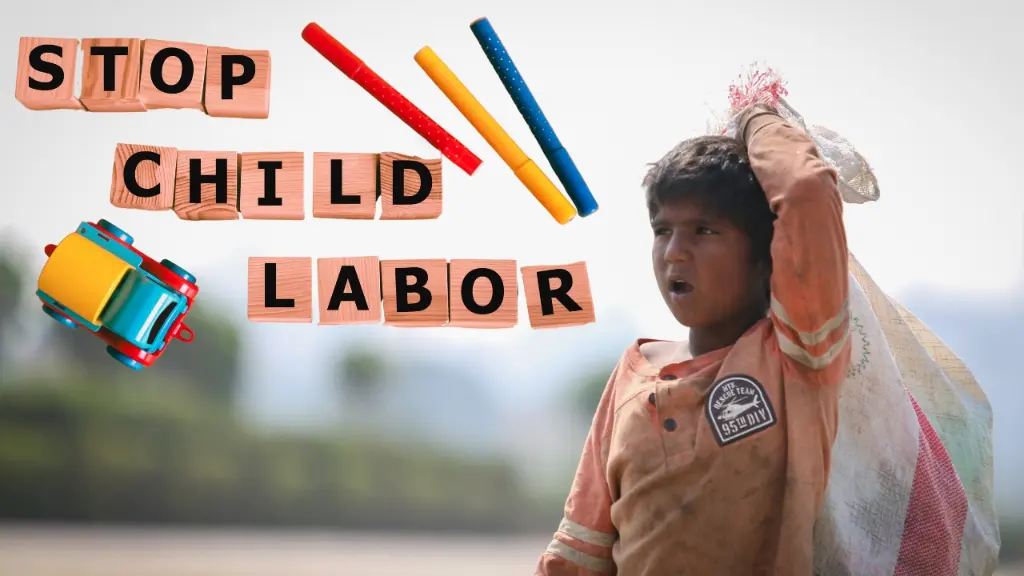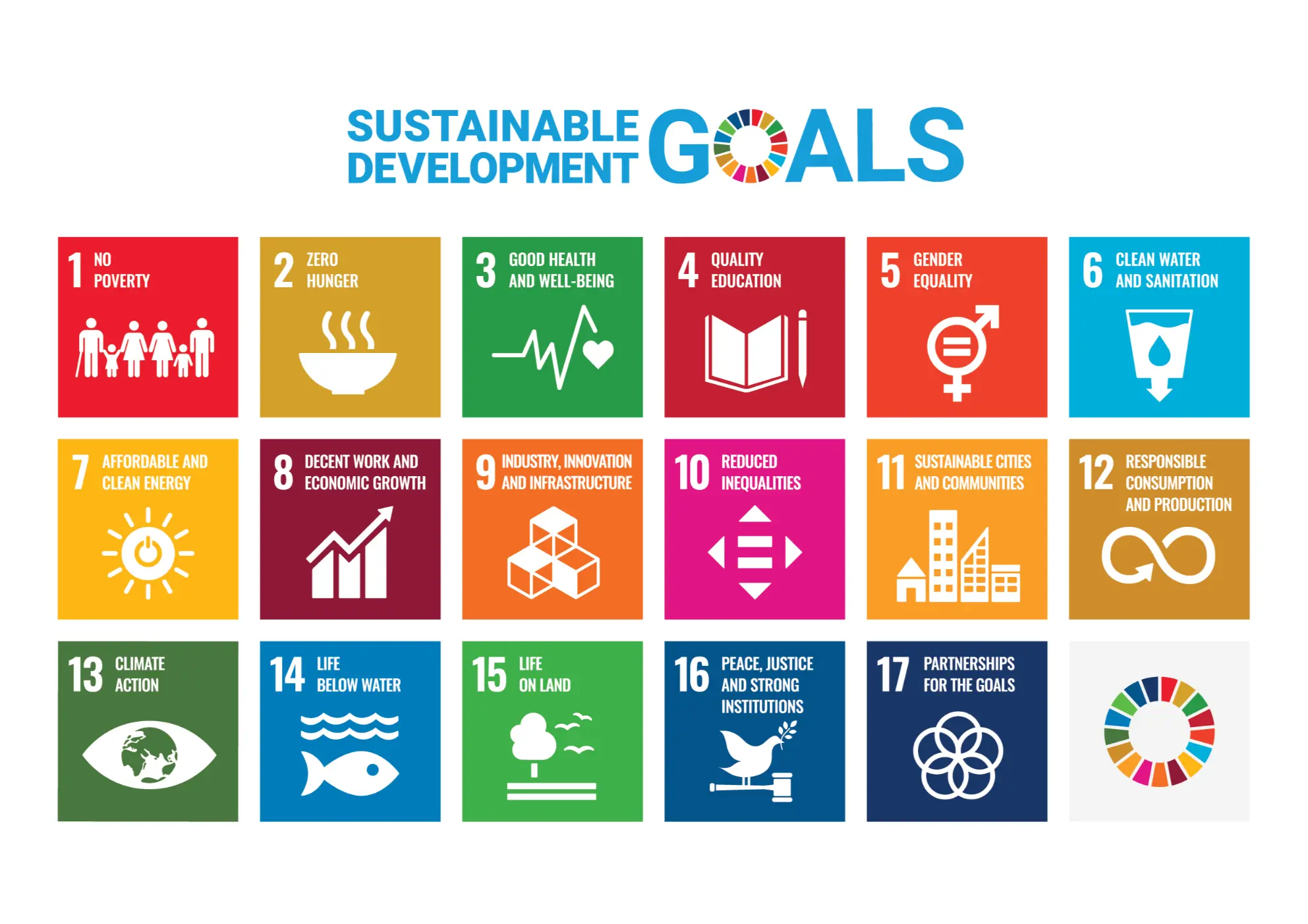In this blog post, we will discover the truth behind the top 15 HSE myths or misconceptions and learn how to separate fact from fiction in the world of the Health, Safety, and Environment (HSE) profession. Don’t let these misconceptions jeopardize your workplace safety.
Top15 HSE Myths that are still believed by many people
In the dynamic world of Health, Safety and Environment (HSE), professionals play a pivotal role in creating secure and productive workplaces across the globe.
However, there are many misconceptions or myths about the HSE profession or HSE / Safety as a discipline. In my 20 years of experience in the world of Health, Safety and Environment (HSE), I have come across several myths and misunderstandings about our field.
In this blog post, I will discuss top 15 HSE Myths or misconceptions and share some valuable insights that every HSE professional should keep in mind.
Misconception 1: Safety is a To-Do List or Checklist type job
Safety is not merely a checklist or to-do list to complete; it’s a mindset. It should permeate our daily lives, guiding our actions and decisions. True safety is a way of thinking and acting.
Reality: HSE professionals play a pivotal role in creating a safe, secure and productive environment. They are responsible for developing and implementing safety policies and procedures, conducting risk assessments, providing training and awareness programs and investigating accidents and incidents. They also work to ensure compliance with all applicable regulations.
Misconception 2: Safety is a Burden or an added/extra cost
Safety is not an added cost; it is an investment. It safeguards the most valuable assets: people, clients, and resources. By reducing accidents, it lowers costs, boosts morale and enhances productivity.
Reality: When a safe environment is created, it reduces accidents which means lower workers’ compensation costs and less disruption to operations. Moreover, it boosts morale and improves productivity. Thus, safety is not a drain on resources or a burden, it is an asset that pays off in the long run.
Misconception 3: Safety is a White Color or 9-5 type Office Job
For those who believe that safety is a regular 9-to-5 job or desk job, think again.
Reality: Safety is a commitment that lasts around the clock. Accidents do not happen on a schedule, so our dedication to preventing them should not either.
It is not just about following safety procedures at work; it is also about being aware of our surroundings and making safe choices in all aspects of our lives.
Safety transcends the confines of a 9-to-5 job. Accidents don’t adhere to schedules, so our commitment to safety must be unwavering, whether at work or home.
Misconception 4: Safety is Just About Paperwork
While documentation is important, it is only one part of the safety profession. Our main focus should be on the implementation and effectiveness of the practical measures that will create a safe workplace to work.
Reality: HSE professionals are experts in developing and implementing safety programs. They use their knowledge and experience to identify and mitigate risks and to ensure that all employees are properly trained and equipped to work safely.
Misconception 5: Safety is all about PPE such as Helmets, Safety glasses, Safety Shoes etc.
Personal Protective Equipment (PPE) is an important safety tool, but it is not a substitute for creating a safe work environment.
Reality: We should focus on eliminating hazards and engineering controls (Refer to Hierarchy of Controls for more details) before relying on PPE. Remember, PPE is the last line of defence against hazards and it should only be used when other controls, such as engineering controls and administrative controls, are not feasible or effective.
Misconception 6: Safety is a Single Subject
Safety is not a single subject or a one-size-fits-all field.
Reality: HSE professionals are multidisciplinary professionals who have a deep understanding of a wide range of safety-related topics. They can apply their knowledge and skills to develop and implement effective safety programs in a variety of industries and settings. They also draw knowledge, insights and expertise from various disciplines, including engineering, psychology, communication, and leadership.
Misconception 7: Safety is a rules and regulations:
Safety is not just about following rules and regulations.
Reality: It’s about creating a culture where everyone feels responsible for their own and others’ safety. HSE professionals play a key role in fostering this culture by providing training and awareness programs and by creating an environment where employees feel comfortable raising their voices and safety concerns.
Misconception 8: Safety is a PowerPoint presentation or classroom training:
It is not about classroom training or toolbox talk rather it is about engaging and involving people, making them feel responsible for their own and others’ safety.
Reality: HSE professionals should have a skill or expertise in communicating safety information in a clear and engaging way. They should use a variety of methods, such as training courses, workshops and online resources, to educate employees about safety risks and procedures.
Misconception 9: Safety is about inspection and making reports:
Safety is not just about inspection and making reports. It is a continuous improvement process.
Reality: Safety inspections are an important part of any safety program, but they are just one piece of the puzzle. HSE professionals develop and implement comprehensive safety systems that include policies, procedures, training and a culture of safety. These systems are continuously monitored and improved to ensure that they are effective in preventing accidents and incidents.
Misconception 10: Safety is achieved by chance:
Developing a Safety Culture or creating a safe work environment is not achieved by chance. It is by a choice and dedicated course of action. We must choose safe practices and foster a safety culture deliberately.
Reality: Safety is a choice that we make every day. HSE professionals help organisations and work crews to make safe choices by providing training and awareness programs and by creating an environment where employees feel comfortable raising safety concerns.
Misconception 11: Safety is informing, talking, and telling:
Involves Coaching and Mentoring
Safety is not informing, talking, and telling; it involves Coaching and Mentoring, Listening, Collaboration and Commitment. Safety is a team effort and requires collaboration and commitment from everyone in the organization.
Reality: HSE professionals are/should be coaches and mentors who help employees to develop the skills and knowledge they need to work safely. They also work to empower employees to identify and mitigate risks and to speak up if they see something unsafe.
Misconception 12: Safety is fake/done base certificates
Real safety certification is not just about collecting certificates; it is about having the knowledge, skills and experience as well as a deep understanding of safety principles and practices to keep people safe.
Reality: HSE professionals are certified professionals who have demonstrated their knowledge and skills in the field of safety. They are committed to continuous professional development and to staying up to date on the latest safety practices and technologies.
Authentic safety certification is about demonstrating a deep understanding of safety principles and practices.
Misconception 13: Safety is just about compliance and fulfilling the minimum requirements:
Safety is not just about fulfilling compliance requirements. It is about going above and beyond the minimum regulatory compliance.
Reality: HSE professionals work to ensure that their organizations comply with all applicable safety regulations. However, they also go beyond compliance to create a culture of safety where everyone is committed to working safely. They also help to create a workplace where safety is a core value of the organization and way of life.
When safety becomes a way of life, it influences everything we do – both inside and outside of work. It affects our choices, actions, and interactions.
Misconception 14: Safety is the responsibility of safety professionals:
Safety is not just the responsibility of the safety professionals; it is the responsibility of Top Management and Line Managers who play a pivotal role in setting the safety tone and providing resources.
Reality: Safety is a collective responsibility. Top management, line managers, and employees all play a role in creating a safe workplace. HSE professionals work with all levels of the organization to develop and implement safety programs, and to foster a culture of safety.
Misconception 15: Safety is a Priority
Safety should not be considered just another priority or item on a to-do list and followed based on convenience.
Reality: It is a core value that should guide all our decisions and actions. When safety becomes an integral part of the workplace or organization’s culture, it is no longer a choice but a fundamental principle. The same applies to individuals in their personal lives or out of the workplace.
In summary, safety is more than just a job. It is a profession that demands dedication, resilience and a deep understanding of its true essence.
If you want to be a successful Safety professional, you need to understand that safety is more than just checking boxes. It is about creating a culture of safety, making safety choices, being curious about the world around us, and seeing safety as a core value.
Remember that your efforts make a significant impact on many lives. Stay safe, and let safety guide our path.
So, what are you doing to make safety a value in your workplace? Share your thoughts in the comments below.
For future updates, suggestion and discussion, please connect with us on Facebook, Twitter & Linkedin.







Good Evening .It was very clear & inspiring blog from your side .I just want to add one more point regarding the Top Management commitment towards safety, if they are committed towards safety not only in words but in actions if they show their commitment definitely it will increase the safety culture.
Dear Manoj ji,
Thanks for your input and comment.
Well pointed out – good one.